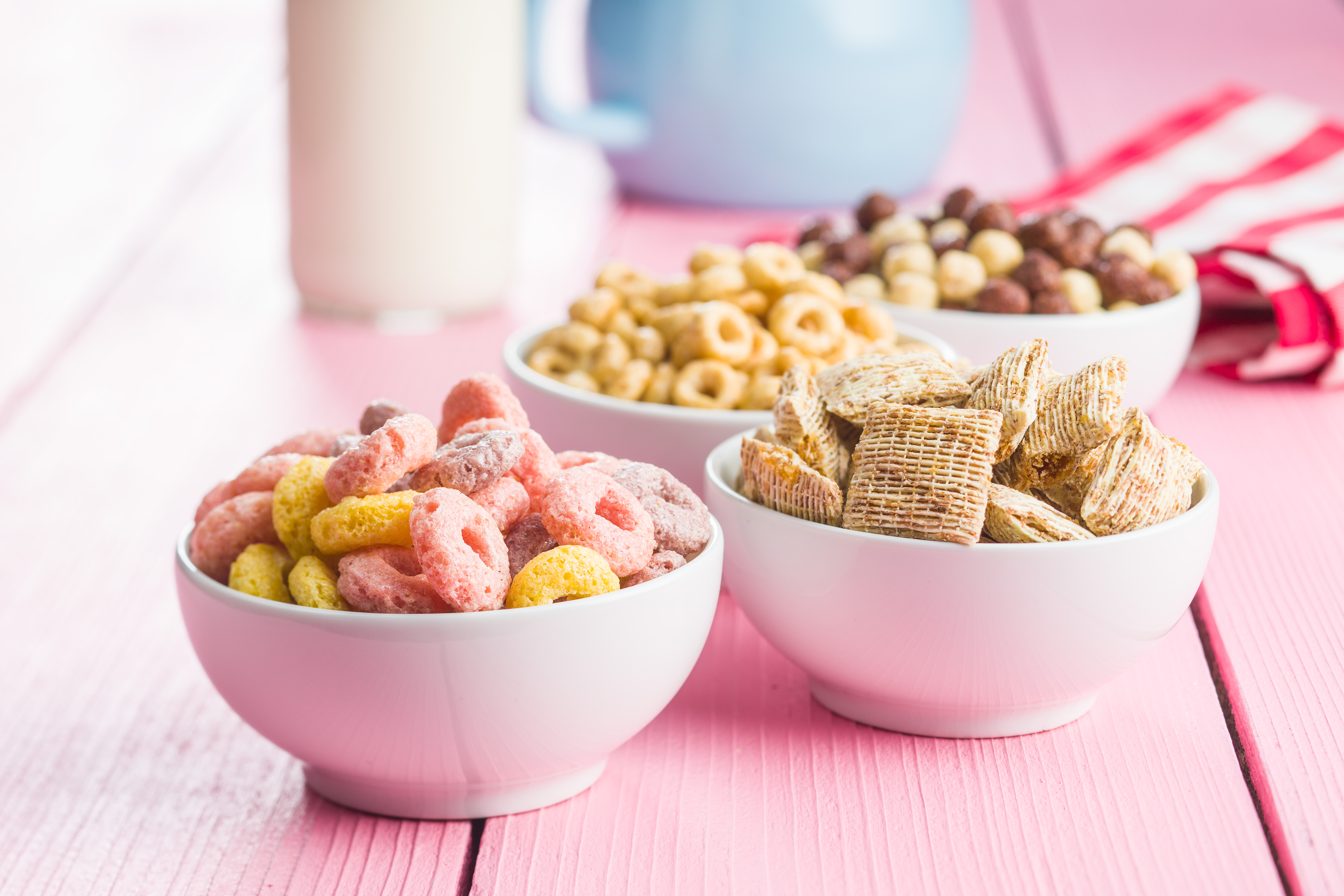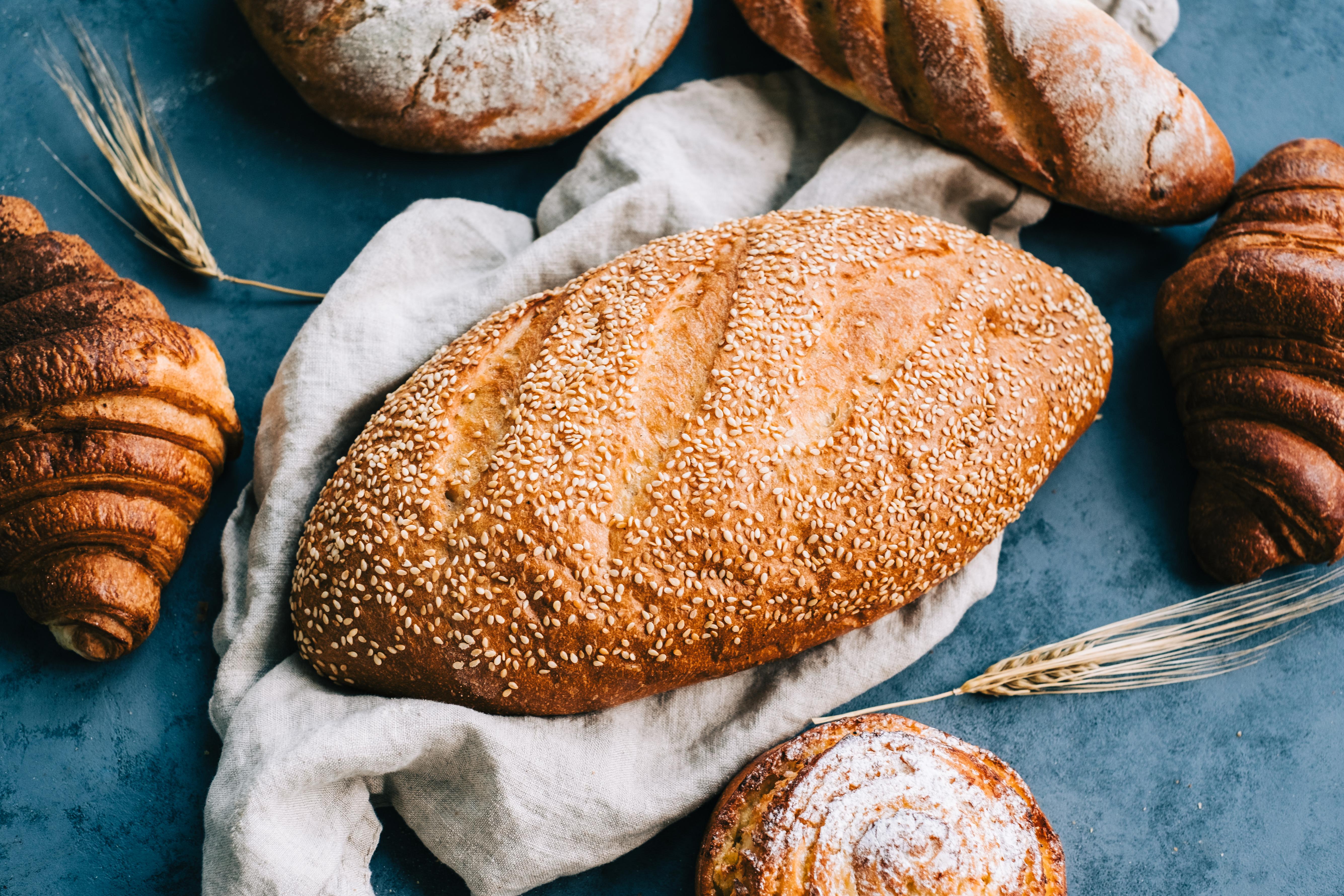45 Surprisingly High-Sodium Foods You're Eating Without Realizing
Think your diet is fairly low in salt? You might be in for a shock. While our bodies need some sodium, most of us consume far too much, often hidden in foods we eat every day, silently increasing risks for high blood pressure, heart disease, and stroke. Forget blaming the salt shaker – the real culprits frequently lurk where you least expect them, even in foods marketed as "healthy"! That’s precisely why we’ve significantly expanded our eye-opening list to reveal 45 surprisingly high-sodium foods flying under the radar. From common breakfast items and deli meats to canned soups, sauces, and even some sweet treats, these stealthy sodium sources can quickly sabotage your health goals. Ready to unmask the hidden salt in your pantry and fridge? Let's expose these surprising foods and empower you to make smarter, healthier choices without sacrificing flavor.
1. Breakfast Cereals: The Salty Start

Breakfast cereals are often marketed as a healthy start to the day, yet many of them are laden with hidden sodium. While the focus tends to be on sugar content, salt is often added to enhance flavor and shelf life. Some cereals contain as much as 300 milligrams of sodium per serving, which can quickly add up if you're not careful. This is particularly concerning for those who consume more than one serving, thinking they're making a healthy choice. The sodium content in cereals is often overshadowed by their fiber and vitamin claims, making it easy to overlook. To reduce sodium intake, consider opting for low-sodium or unsalted versions, or better yet, switch to homemade oatmeal or muesli where you can control the ingredients.
2. Bread and Bakery Products: The Silent Sodium Source

Bread is a staple in many diets around the world, yet it's also a significant source of hidden sodium. A single slice of bread can contain up to 230 milligrams of sodium, and when you consider that sandwiches often require two slices, the sodium content adds up quickly. Bakery products like muffins, bagels, and pastries are also culprits, often containing even higher amounts of sodium due to added preservatives and flavor enhancers. The challenge with bread and bakery products is that they don't taste particularly salty, leading consumers to underestimate their sodium content. To mitigate this, look for products labeled as low-sodium or opt for whole grain varieties, which tend to have less sodium.
